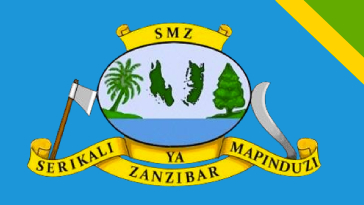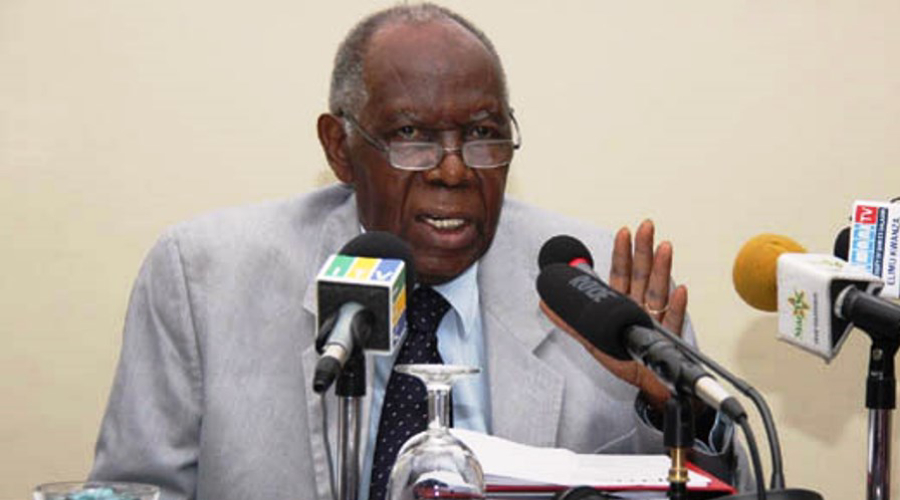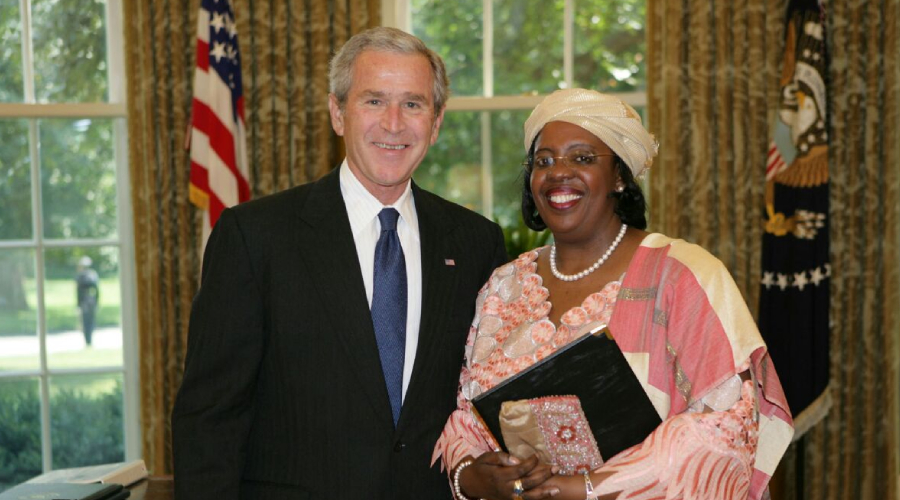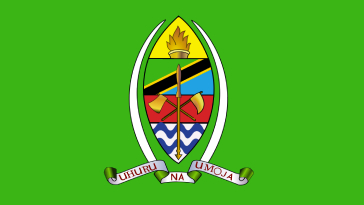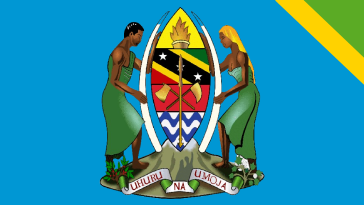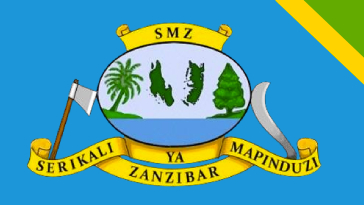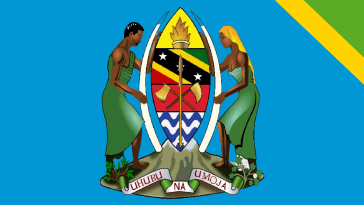History Before the Glorious Revolution of 1964
Before the January 1964 Revolution, citizens were not involved in decision-making about their own development. The governance structure was hierarchical, with directives being issued from the top and passed downward for implementation—without citizen engagement or discussion. Decisions were imposed rather than debated by ordinary people.
History After the Glorious Revolution of 1964
Following the Revolution, Zanzibar’s administrative structure was divided into three regions:
-
1. Unguja Island had two regions:
-
- Urban Region, led by Hon. Said Washoto
-
- Mashamba Region, led by Mtoro Rehani Kingo
-
-
2. Pemba Island was organized under a single region, known as Pemba Region, led by Hon. Rashidi Abdallah.
Additionally, six districts were established in Unguja:
-
1. Makunduchi, later renamed Southern District
-
2. Chwaka, later renamed Central District
-
3. Bubwini, later renamed Northern B District
-
4. Mkokotoni, later renamed Northern A District
-
5. Urban District (remained unchanged)
-
6. Mfeneshini, later renamed Western District
Prior to the Revolution, these districts served as administrative headquarters under the mudir system (an Arabic term used for local governance before the Revolution).
On Pemba Island, there were four districts:
-
1. Wete
-
2. Konde (later relocated to Micheweni in the 1970s to accelerate local development)
-
3. Chake Chake
-
4. Mkoani
In the 1970s, Pemba was further divided into two regions:
-
1. Northern Pemba Region
-
2. Southern Pemba Region
Governance structures evolved over time to accommodate population growth and increasing public service needs. The administrative structure of government and the ruling party changed to reflect these developments.
Reforms and Local Governance
Changes in party administration necessitated reforms in regional, district, branch, and neighborhood-level leadership to ensure efficient public service delivery.
In 1979, the Zanzibar Revolutionary Government passed Law No. 1, establishing Revolutionary Committees at regional, district, and branch levels. These committees continued the administrative structures introduced immediately after the Revolution.
- Key responsibilities of regional and district committees included:
-
1. Overseeing local government functions
-
2. Maintaining peace and public security
-
3. Managing development planning in line with government policies
-
4. Promoting socialist ideology and the Revolution
-
5. Encouraging citizen participation in economic and development programs
-
6. Advising on government policy implementation at the local level
Although the Revolutionary Committees achieved significant successes, conflicts emerged between their responsibilities and those of ministries and other government institutions.
To resolve these conflicts, Law No. 3 of 1981 was enacted, granting regional governance powers to streamline local administration.
Vision
To be a strong institution that ensures peace, security, citizen registration, and efficient service delivery at the community level.
Mission
To create an inclusive environment where citizens actively participate in peace-building, asset protection, improved social services, and local development initiatives through good governance, while ensuring resident identification and recognition.


